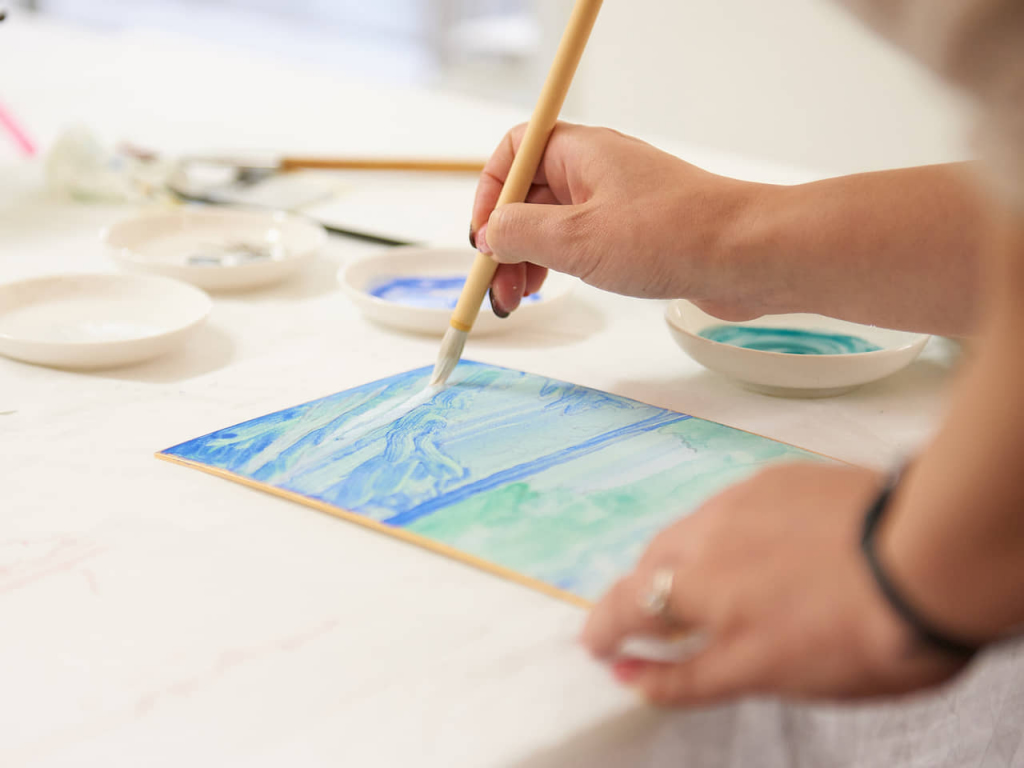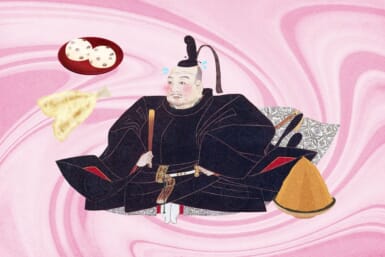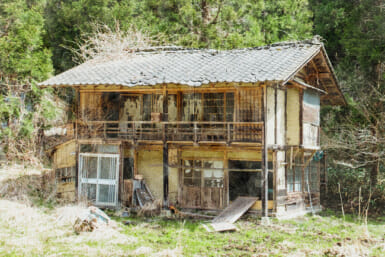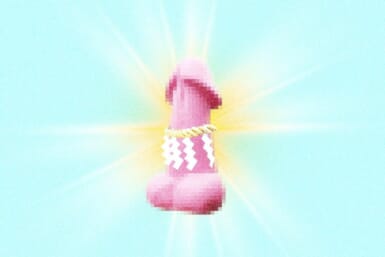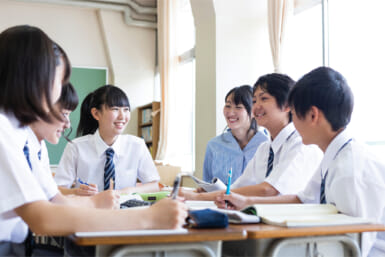When asked how she defines the difference between Western-style painting and Nihonga, artist and teacher Maria Tanikawa says for her it’s largely down to the materials used. Although the style and techniques of Japanese painting have evolved over the years, the materials have remained all natural, which means you’ll find yourself quizzing Tanikawa on things like fish glue (nikawa) – an adhesive that’s made by boiling fish collagen in water.
The glue is used to mix natural pigments, which are made from minerals, clay, oyster shells and metallic leaf (notice how pleasant they smell in comparison to oil or acrylic paints). Your canvas is delicate washi paper, and you’ll be outlining your drawing using sumi ink (the same kind used for calligraphy). We loved the process of adding water to an inkstone and rubbing a sumi stick against it to create the pitch-black liquid, and then mixing the pigments with our fingers.

Natural mineral paint

Sumi ink
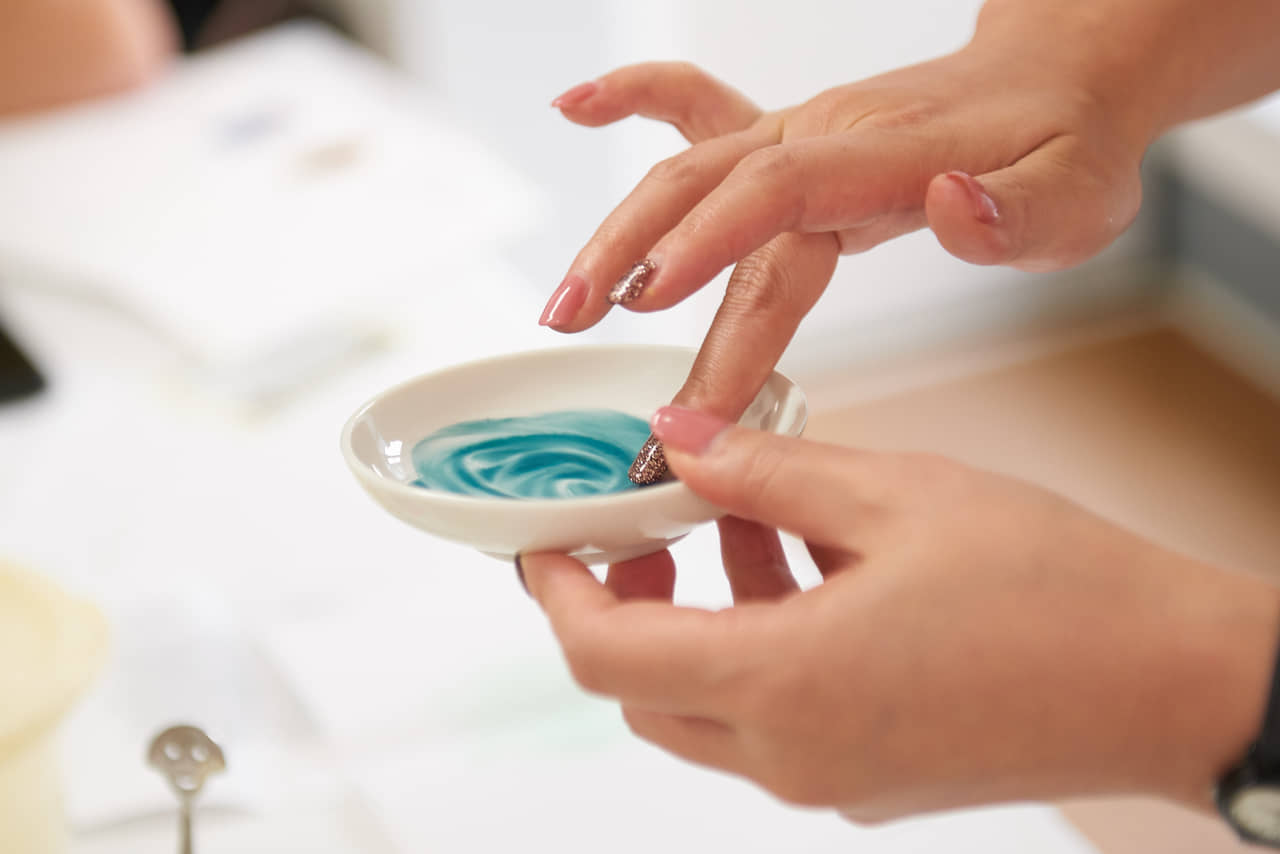
Mixing the pigments by hand
While fascinating to use, these materials take some getting used to, especially if you’re used to working with thick oils. But Tanikawa is excellent at breaking down each step – and giving a gentle nudge when you feel too nervous to spread a full base coat of paint over your perfectly outlined seahorse. (Wait, what, I should paint over my sumi ink drawing? Yes, don’t worry, you’ll still be able to see the outline after we dry the base coat.)
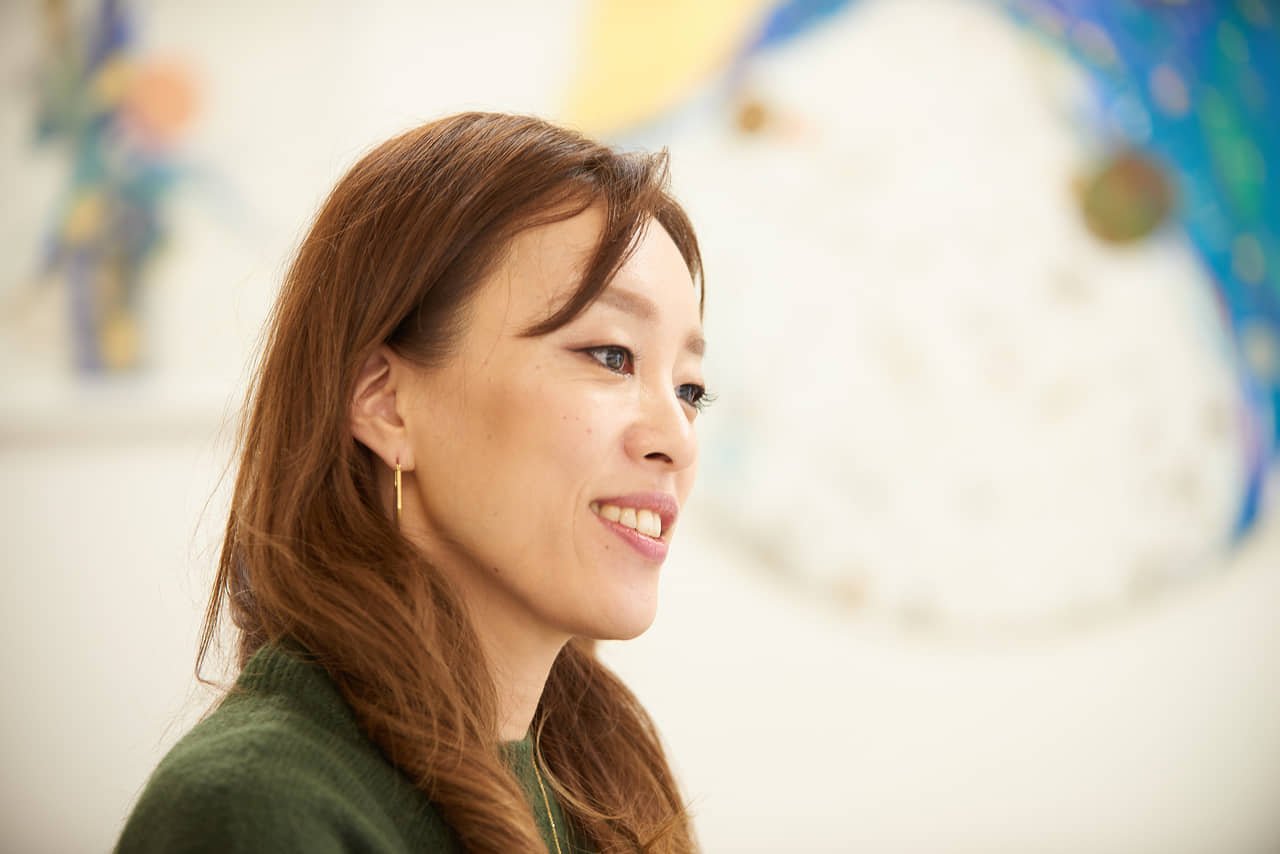
Maria Tanikawa
Tanikawa spent several years studying and working in New York before returning to Tokyo to start offering Nihonga lessons here. Her classes are held at a bright, white studio in Omotesando, and she says the majority of her students are foreign (not many places offer Nihonga lessons in English). As for what you want to paint, that’s up to you. We chose to paint a blue seahorse in a cloud of grey smoke with flecks of gold for a touch of sparkle, while others attending the class went for pretty landscapes and flowers. (It’s a good idea to bring a printout of an image you like as you’ll need to trace it onto the washi paper.)
Book a session via Maria’s website or through Airbnb Experiences. For prices and booking information, see our Concierge listing.
Maria Tanikawa’s Nihonga class is available as part of Airbnb Experiences. If you’re interested in signing up to become an Airbnb Experiences host yourself, you can register here.
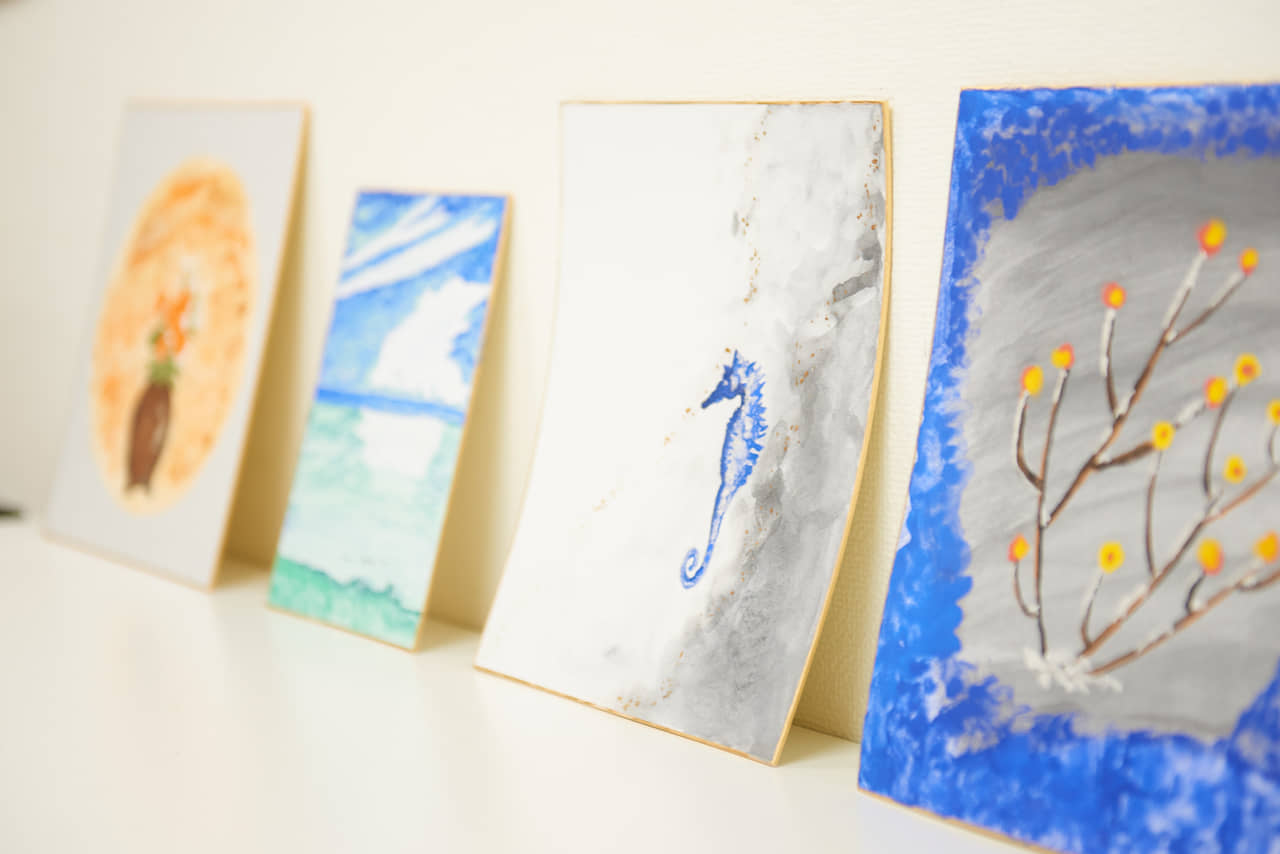
Artwork by Nihonga art class participants

Maria Tanikawa’s art studio in Tokyo
Photographs and Nihonga experience courtesy of Airbnb

